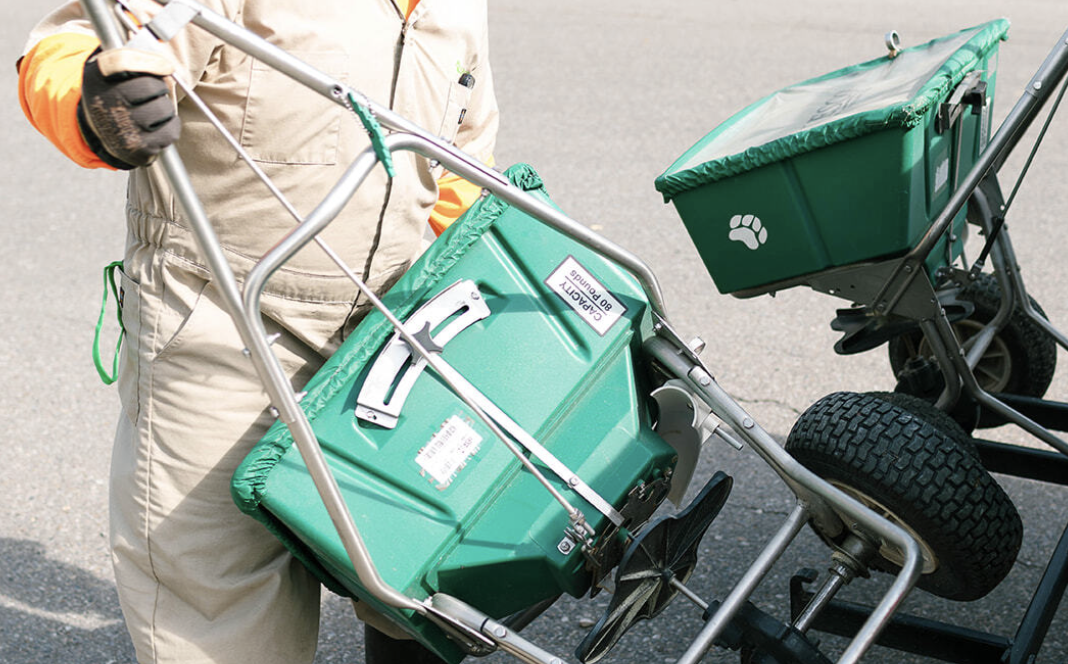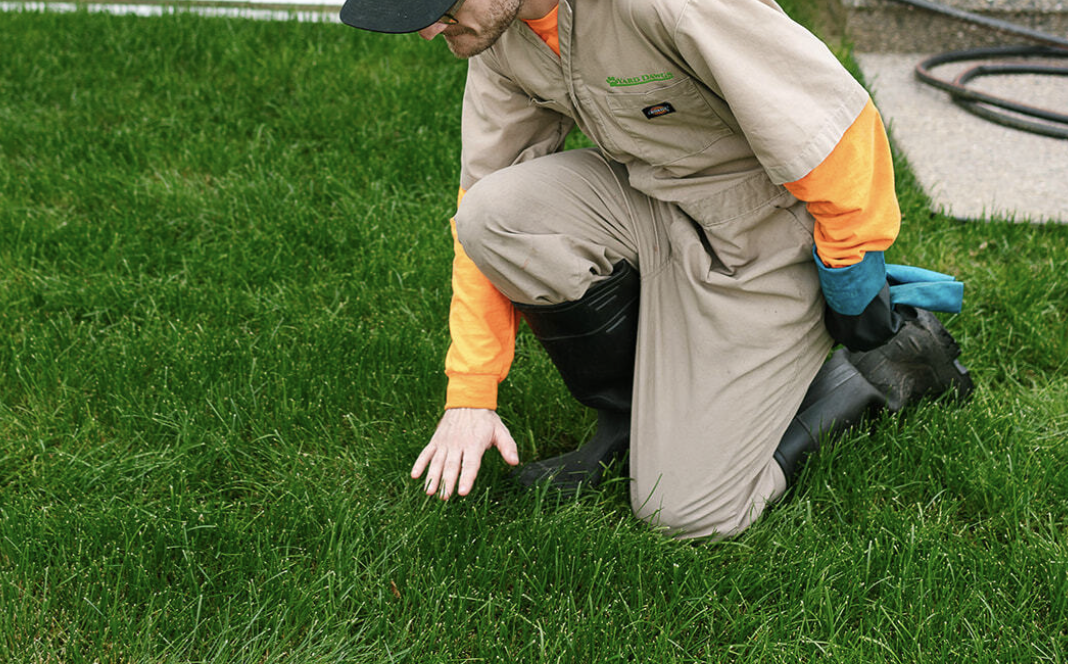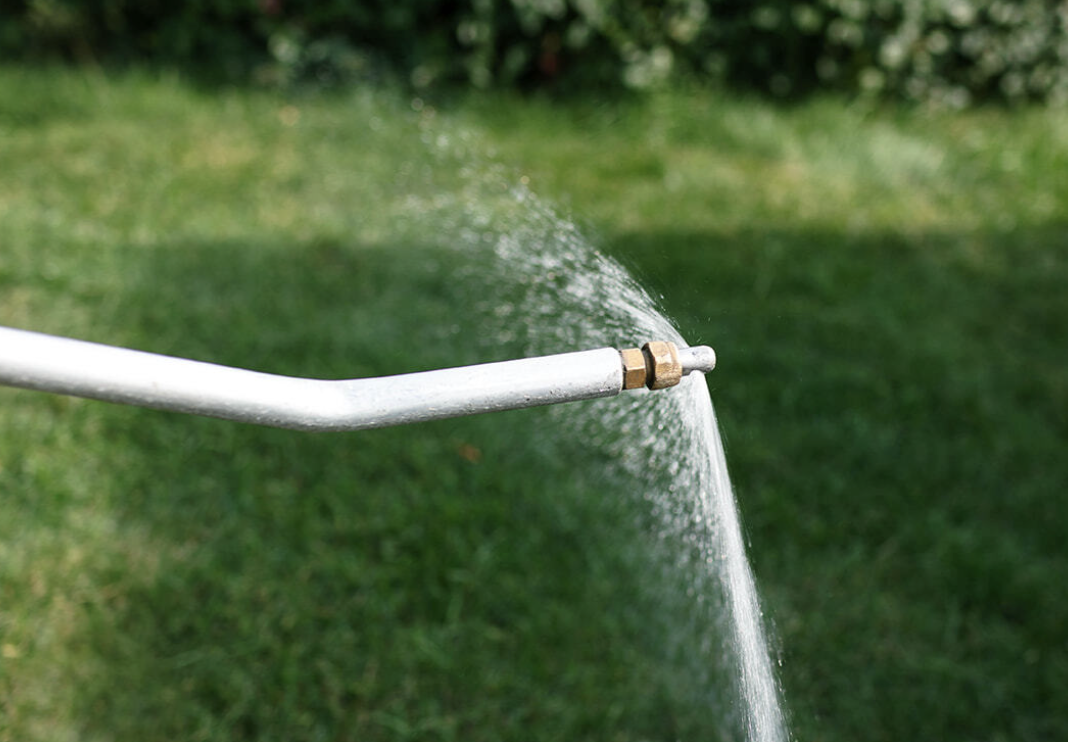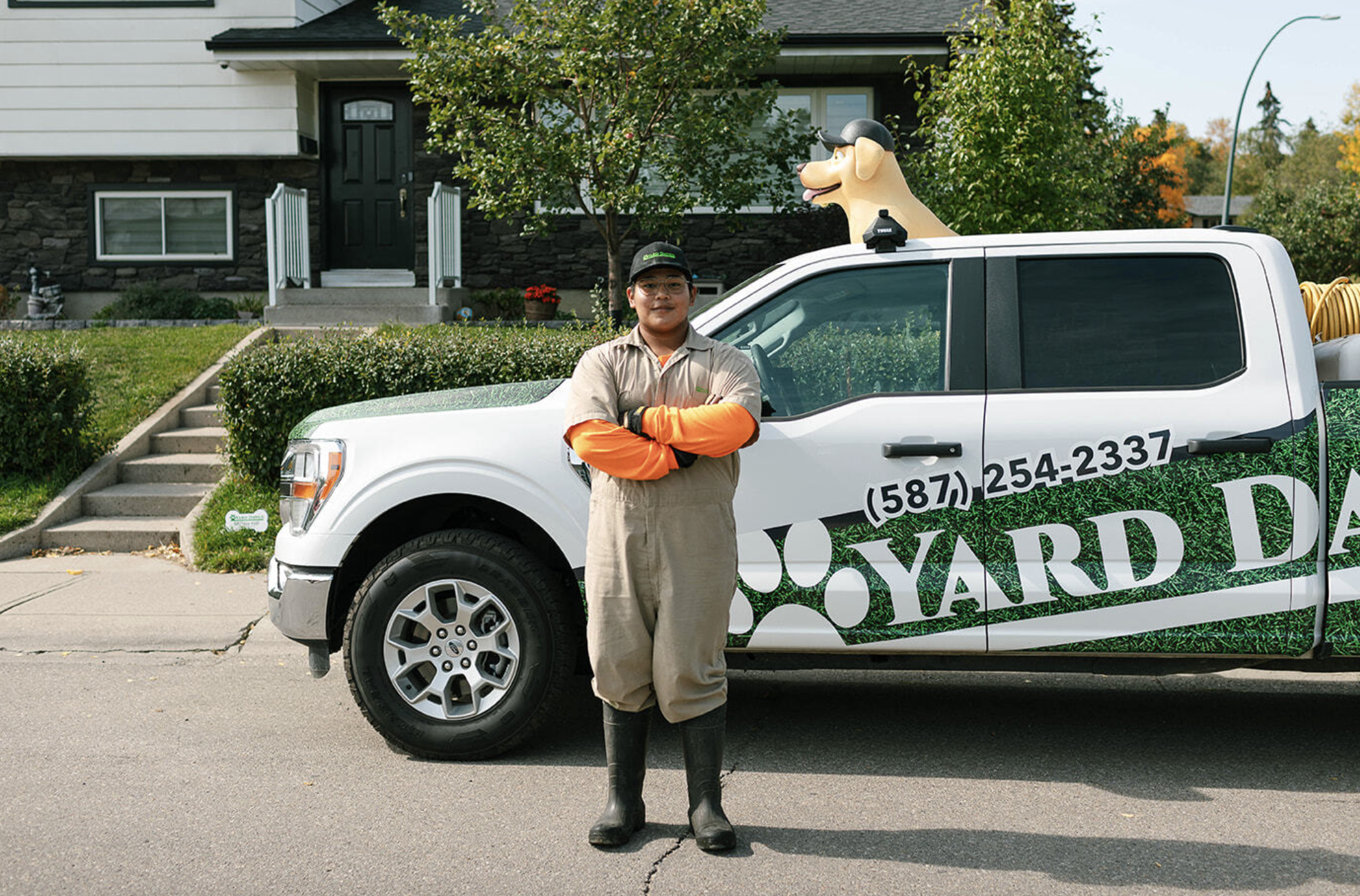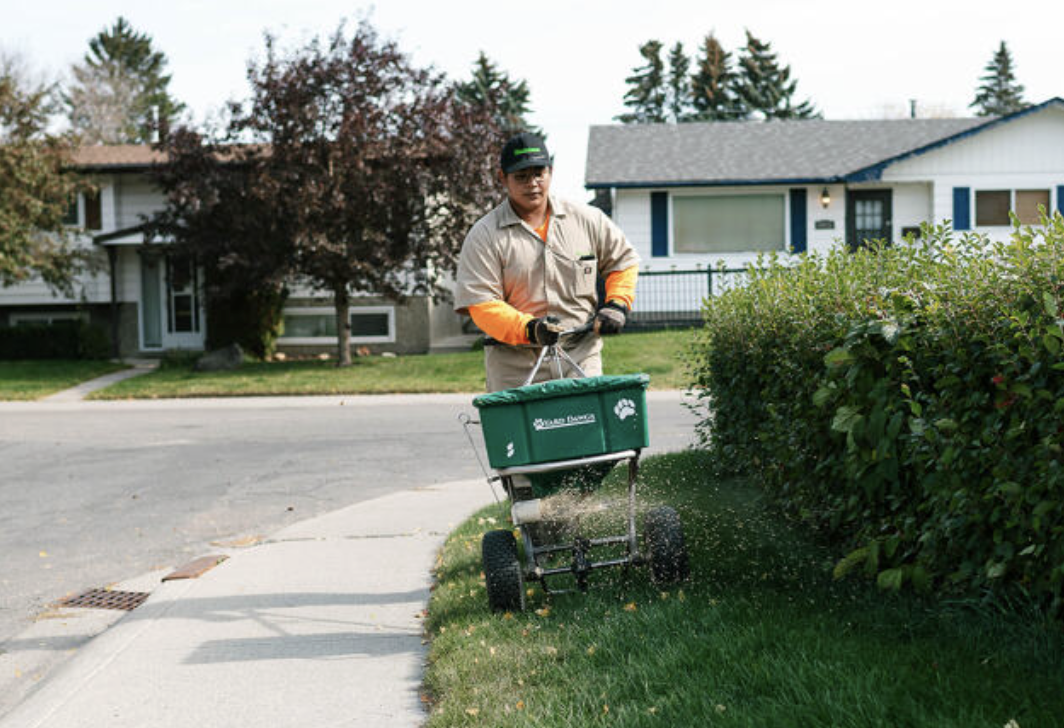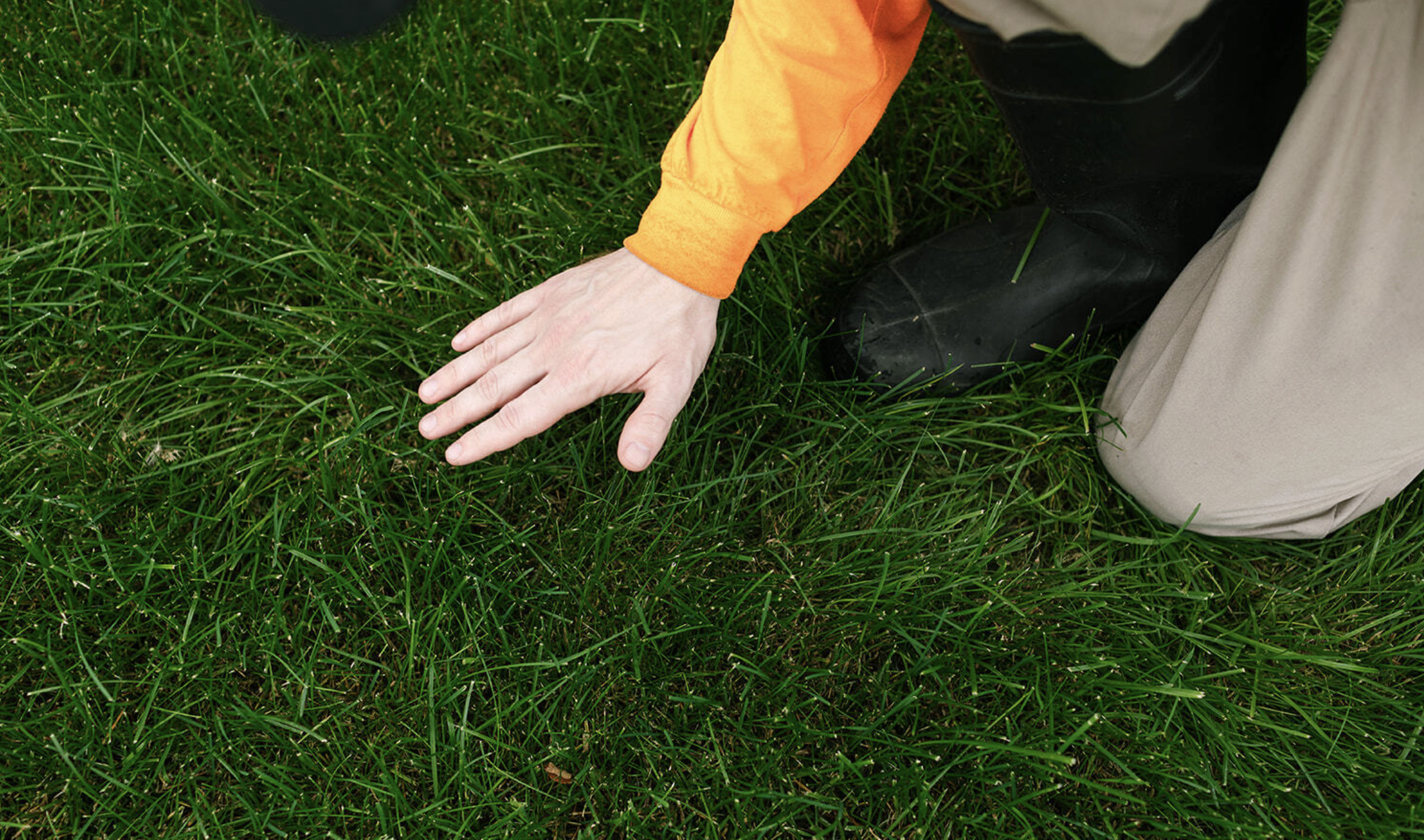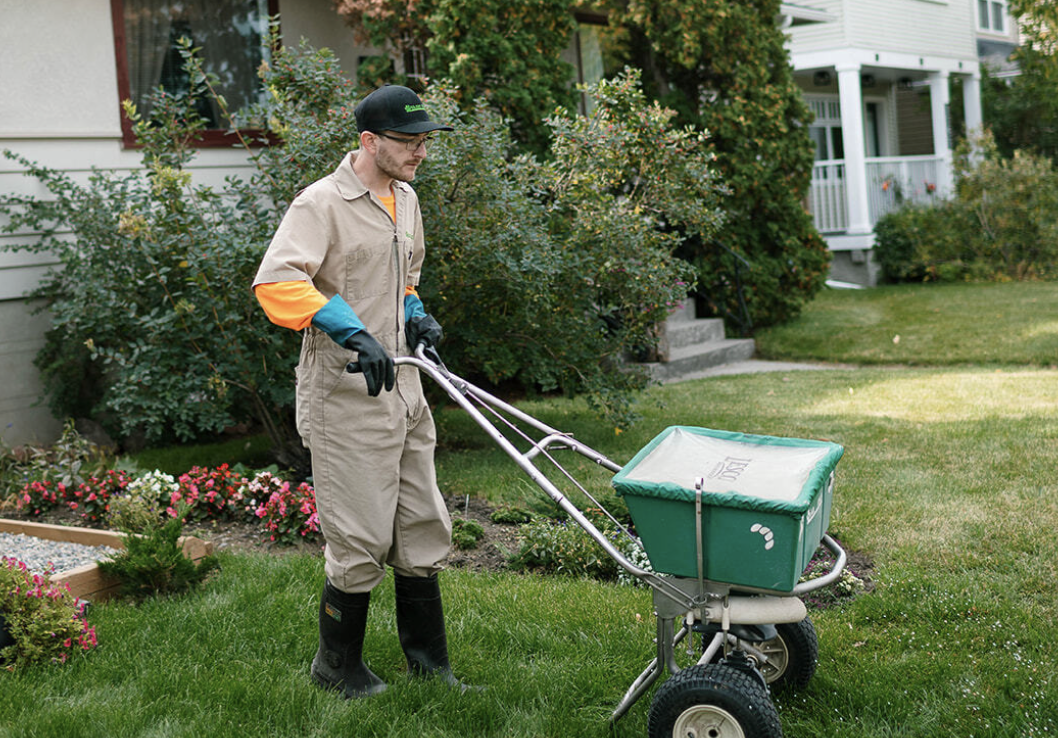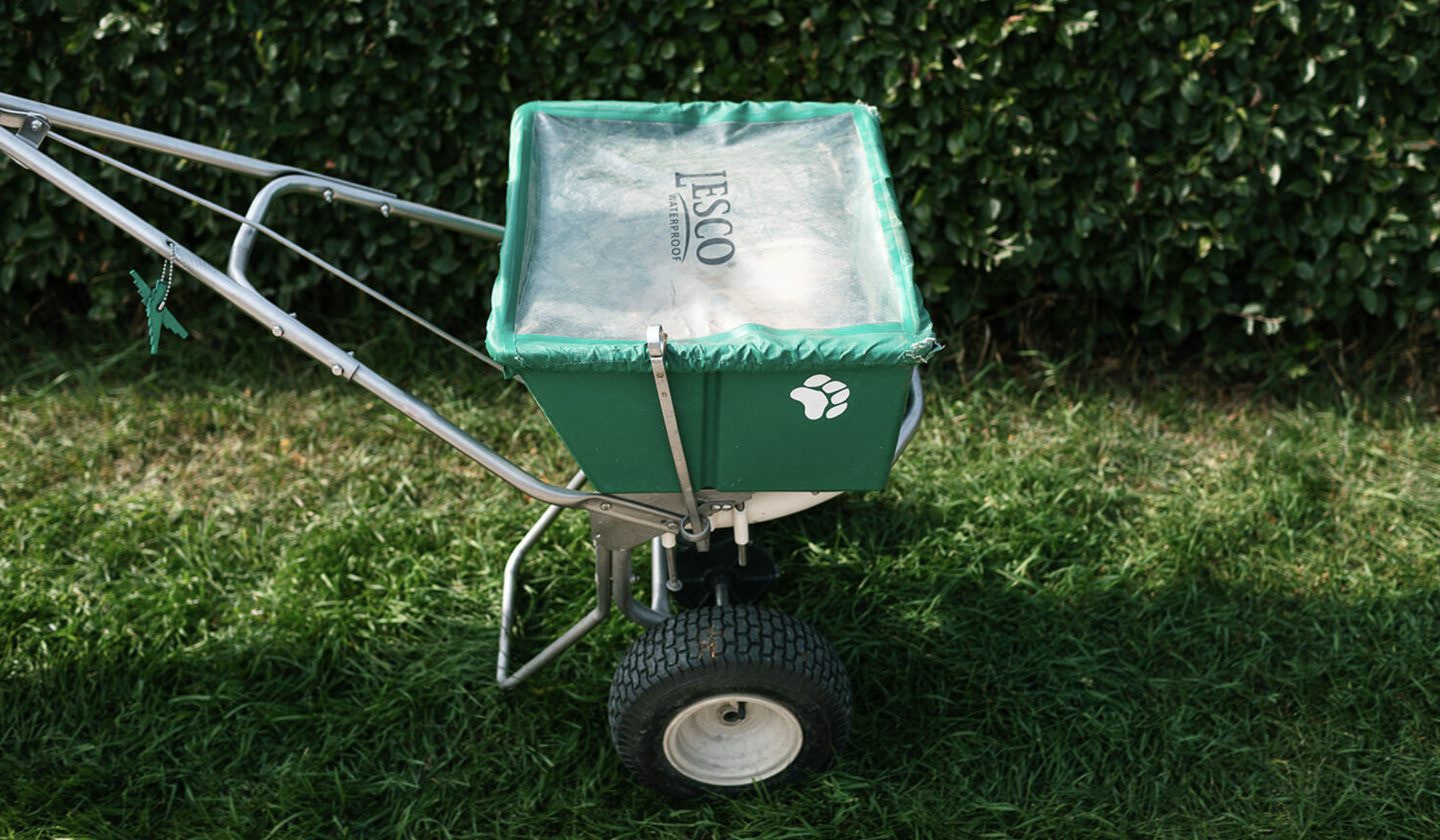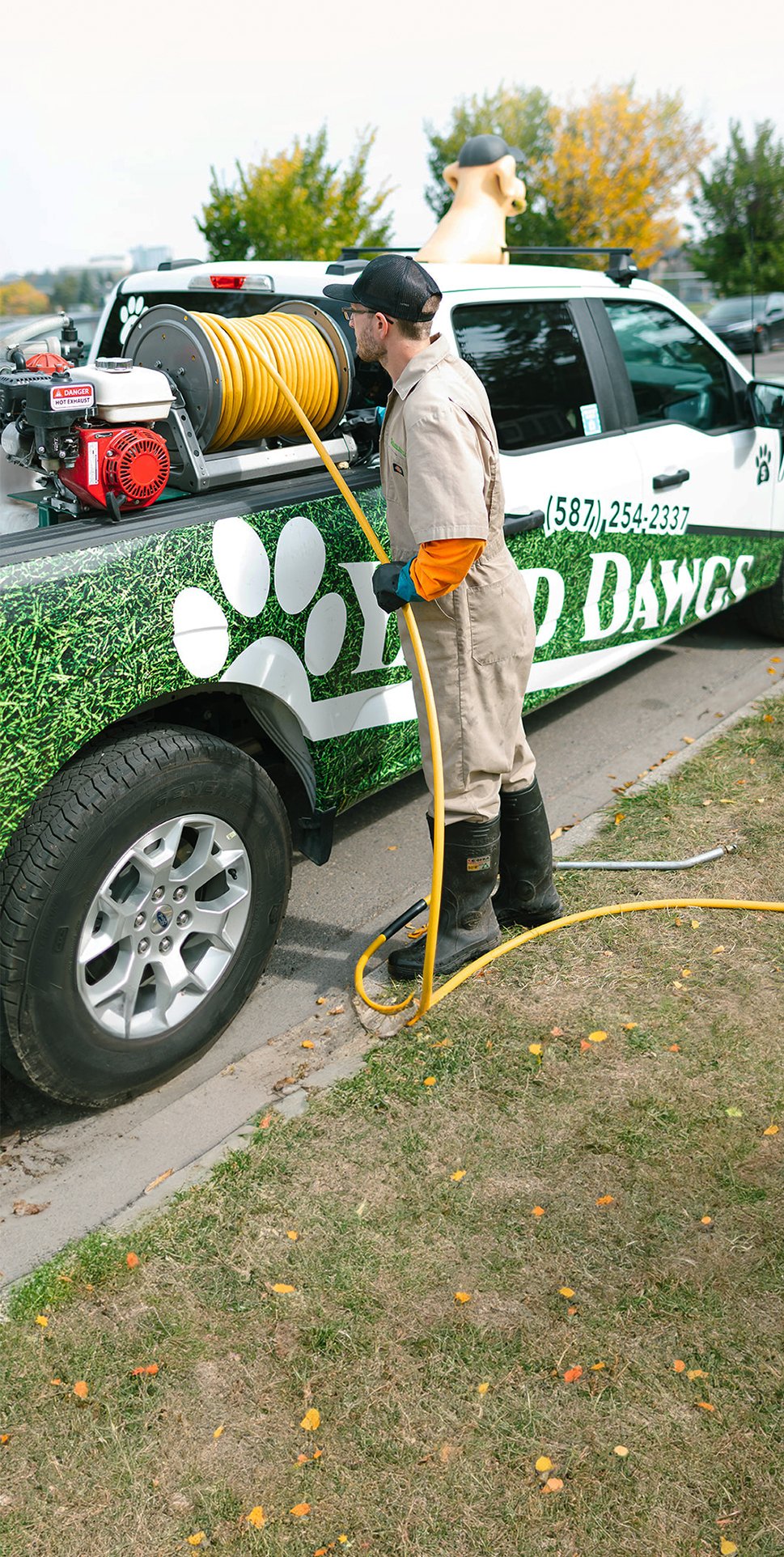Thinking of replacing your lawn because of weeds, dead patches, or chemical damage? Many homeowners assume re-sodding is the only solution - but that’s often not the case.

Here’s how Yard Dawgs helped a Calgary homeowner restore a severely damaged, weed-filled lawn without replacing the sod, saving thousands in the process. We’ll also break down the true cost of re-sodding vs. professional lawn restoration, so you can make the smartest decision for your yard.
The Homeowner’s Lawn Problem
This homeowner’s lawn was overrun with dandelions. Like many people, they decided to take matters into their own hands. Unfortunately, one critical mistake changed everything: using Roundup, a non-selective herbicide that kills everything it touches.
While the dandelions were eliminated, so was the grass.
Large sections of the lawn turned yellow and brown, leaving bare patches and chemically stressed soil. At that point, the homeowner believed full sod replacement was unavoidable - a process that would cost thousands of dollars.
Before committing, they contacted Yard Dawgs to see if the lawn could be saved.
Why Dandelions (and DIY Weed Control) Are So Tricky
Dandelions are notoriously difficult to remove. Their taproots can reach 10 inches deep, and if even part of the root remains, the weed will return.
Selective herbicides are designed to kill broadleaf weeds without harming grass. Non-selective products like Roundup do not differentiate - which is how this lawn ended up with:
- Dead grass
- Burned soil
- Empty turf easily taken over by more weeds
Is Re-Sodding Really the Best Option?
At first glance, re-sodding sounds like a clean reset. But the reality is far more involved — and expensive.
What It Takes to Re-Sod a Lawn (1500 sq. ft. example)
Step 1: Kill Existing Grass
- Weed killer concentrate: ~$59
- Sprayer: ~$25
Step 2: Remove Old Sod
- Sod cutter rental (3 days): ~$315
Step 3: Fix Soil pH (Critical in Alberta)
- Elemental sulfur: ~$25
Step 4: Add Proper Topsoil
- 3 inches of quality blend topsoil: ~$1,500
Step 5: Level & Roll Soil
- Roller rental (3 days): ~$75
Step 6: Install New Sod
- Kentucky Bluegrass sod (~$0.48/sq. ft.): ~$720
Total Estimated DIY Re-Sodding Cost:
≈ $2,700–$3,000 (and that’s before labor mistakes or delays)
In Calgary, professional sod installation typically ranges from $1.50–$2.00 per sq. ft., pushing costs even higher.
So now your property is completely void of grass, what’s next?.png?width=6912&height=3456&name=Call%20To%20Action%20(20).png)
How We Restored the Lawn Without Replacing Sod
Instead of tearing everything out, Yard Dawgs recommended a smarter, proven approach: our Lawn Care Packages are designed specifically to recover stressed, damaged lawns.
Problems We Diagnosed
- Chemically burned soil
- Severe weed pressure
- Uneven, bare patches
- Compacted soil restricting air and water
What’s Included in Our Lawn Care Packages
This lawn recovery was made possible through a season-long, integrated treatment plan, including:
- Season-long slow-release fertilization
- Unlimited selective weed control
- Spring and fall Super Juice (bio-stimulants)
- Soil conditioners
- Fall aeration
- Complimentary spring and fall seed bags
Each service plays a role - fertilizer feeds growth, aeration opens compacted soil, seeding fills bare spots, and weed control prevents competition while grass recovers.
How the Lawn Recovery Worked (Step by Step)
- Soil Recovery
High-quality slow-release fertilizer reactivated nutrient uptake without burning stressed turf. - Aeration
Compacted soil was opened to allow oxygen, water, and nutrients to reach roots - critical for recovery. - Targeted Weed Control
Selective herbicides eliminated weeds without harming recovering grass. - Seeding and Conditioning
Overseeding filled bare patches, while organic conditioners improved soil health over time. - Consistency
With regular watering and season-long care, the lawn steadily improved month by month.
By late September, after fall aeration and seeding, the lawn had fully recovered. What once looked dead was now thick, green, and healthy.

The Cost Comparison: Sod vs. Lawn Restoration
Re-Sodding
- $2,700–$3,000+ upfront
- Immediate disruption
- No guarantee against future problems
Lawn Restoration
- $775.75 per season
- Often requires 2 seasons for major damage: $1,551.50 total
- Improves soil, root systems, and long-term lawn health
Savings: well over $1,000, with healthier results.
When Is the Best Time to Redo or Restore a Lawn?
- Best seasons:
- Early fall (late August–early September)
- Spring (late April–early June)
- Early fall (late August–early September)
- Avoid peak summer unless you can water heavily (especially with sod)
Fall is ideal for recovery because cooler temperatures and consistent moisture allow grass to establish strong roots with less stress.
So… Should You Re-Sod or Restore?
Re-sodding may be necessary when:
- The soil is completely compromised
- The lawn is beyond recovery
- Major construction work was done
But most lawns can be restored - even ones that look “dead.”
With the right treatments, patience, and proper timing, damaged grass can rebound stronger than before.

Final Takeaway
A weed-filled or patchy lawn does not mean you’ve failed - and it certainly doesn’t mean you must replace everything.
This Calgary homeowner nearly spent thousands on re-sodding. Instead, the lawn was restored for a fraction of the cost through professional care and a strategic plan.
You deserve a healthy, green lawn. With the right approach, you can achieve it - without ripping everything out.


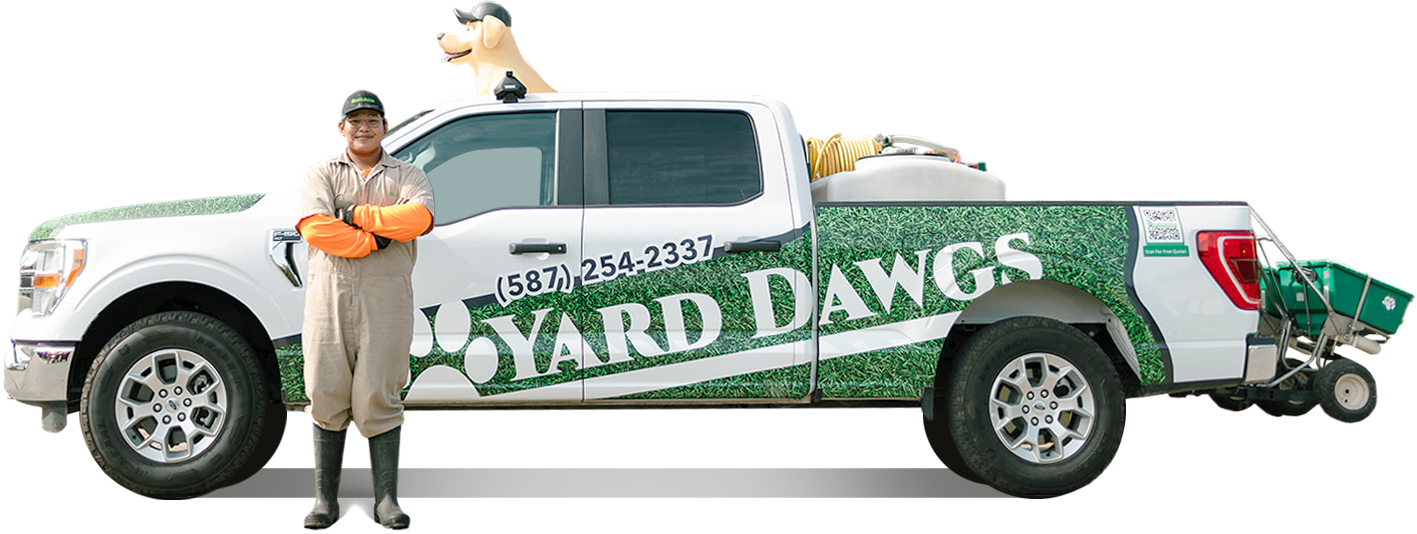


.png)
